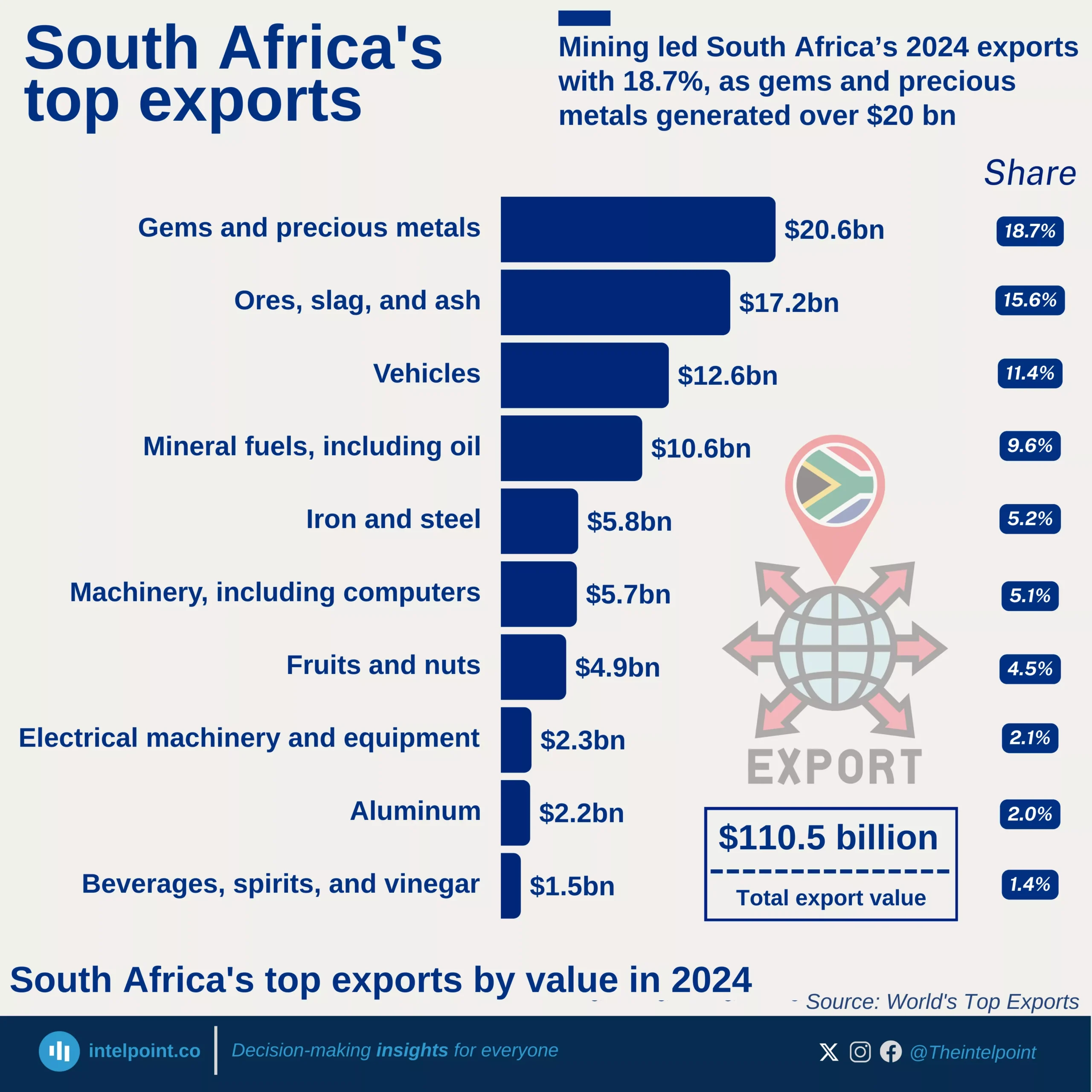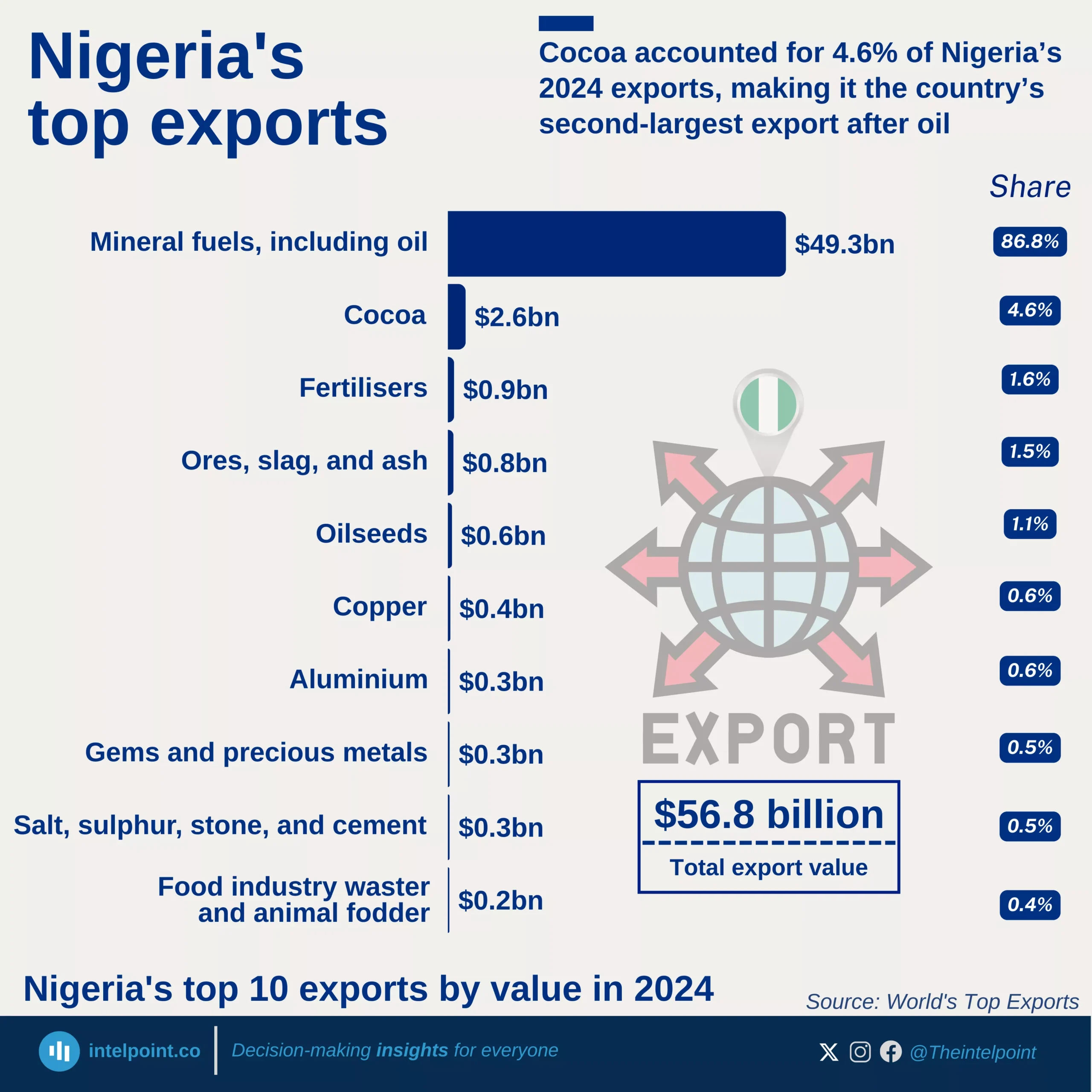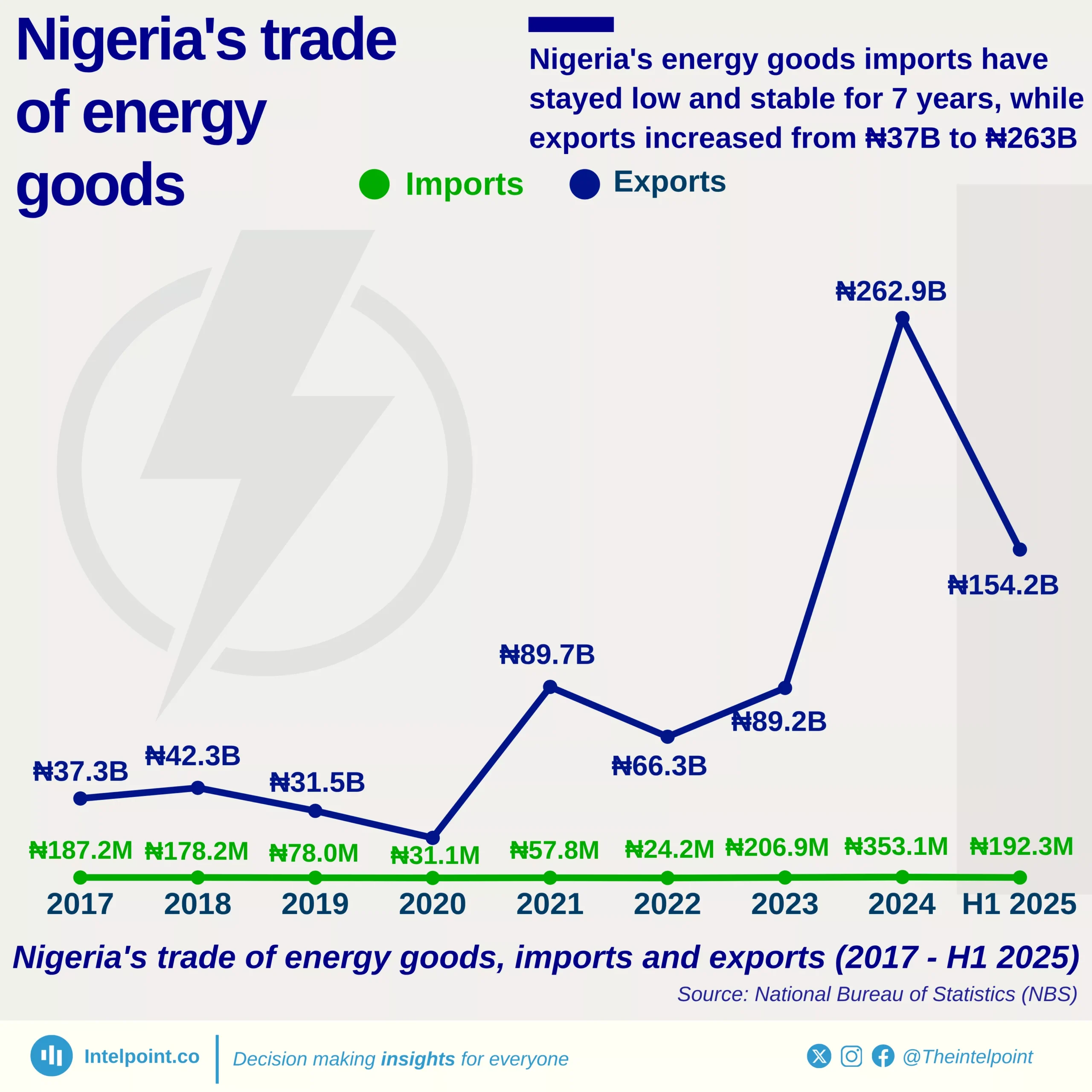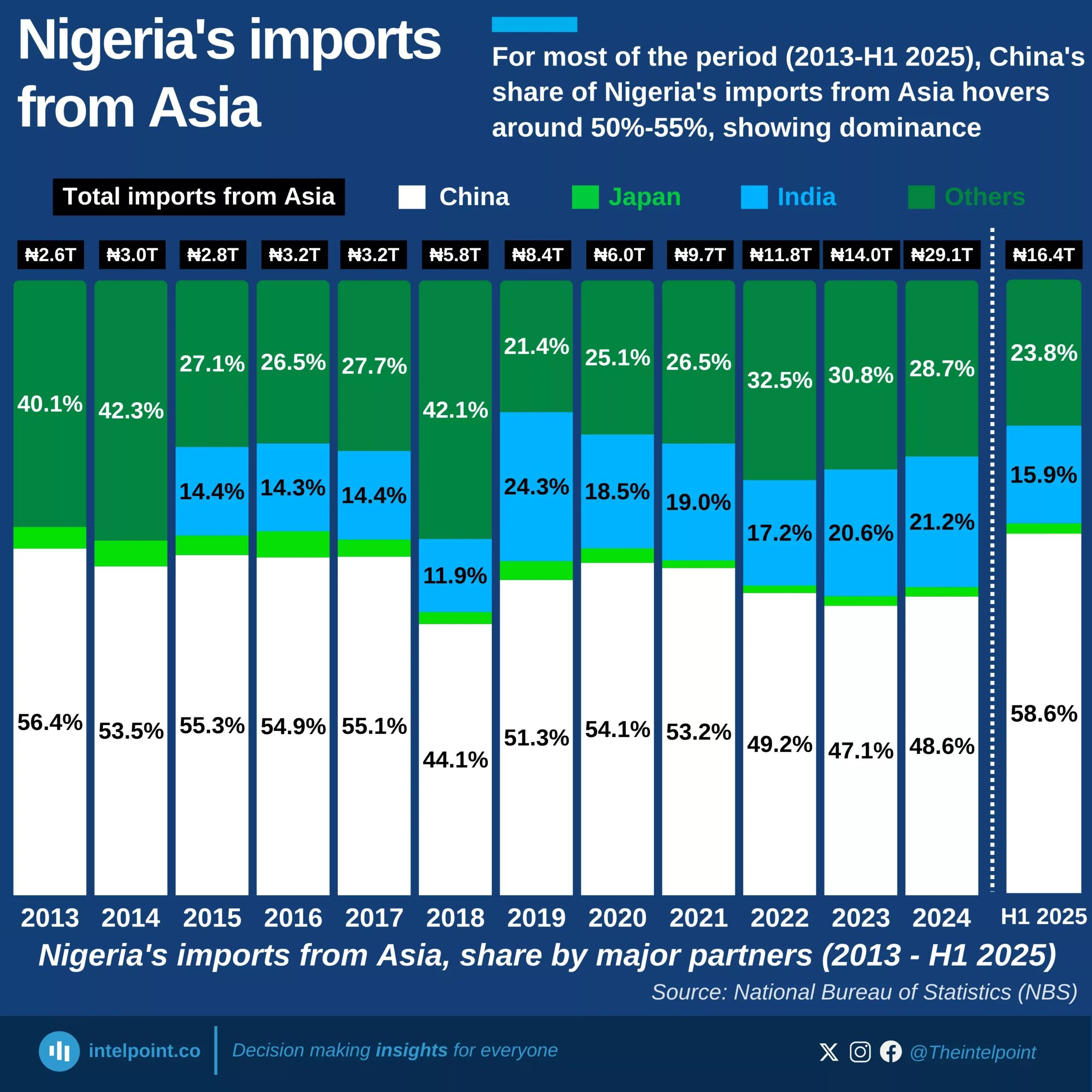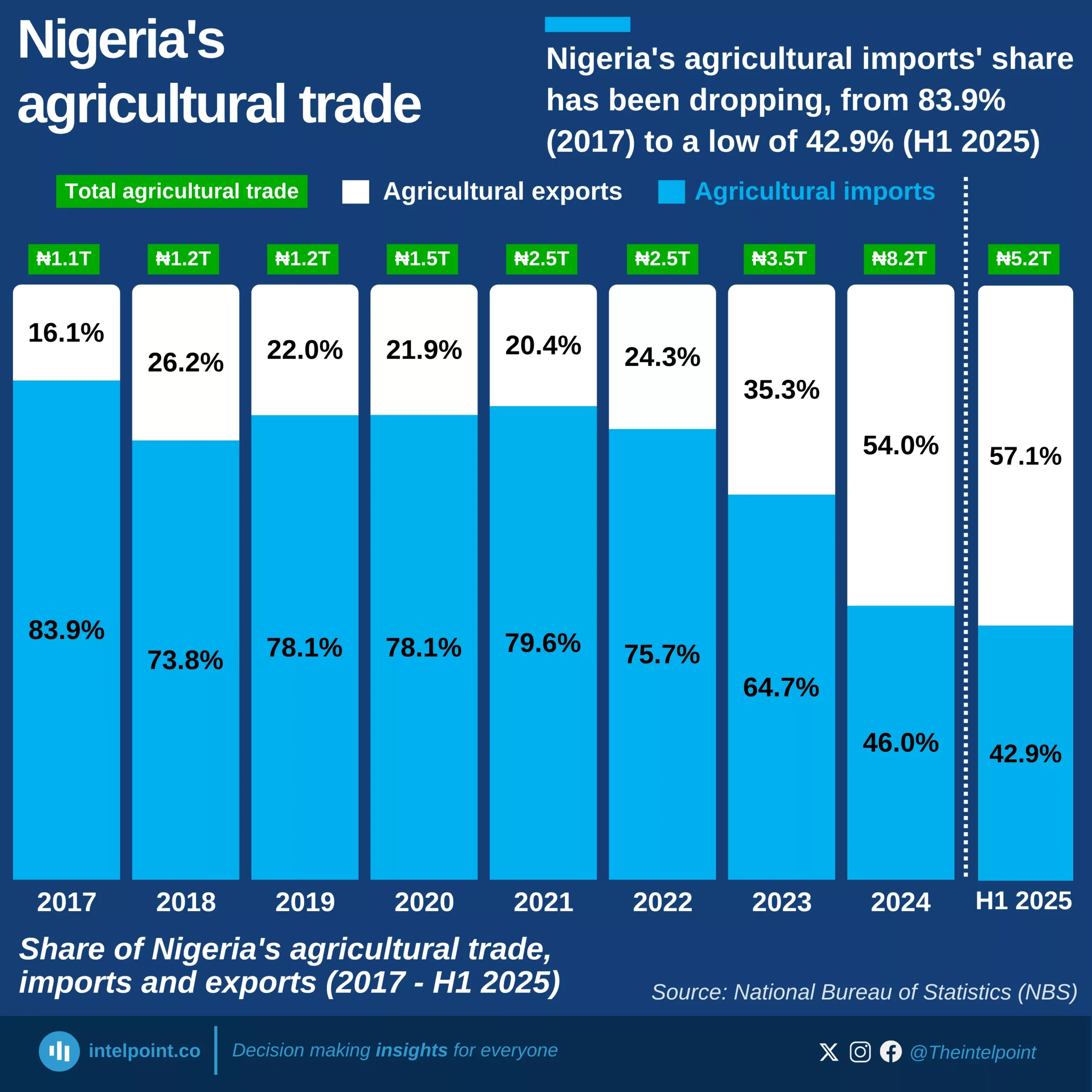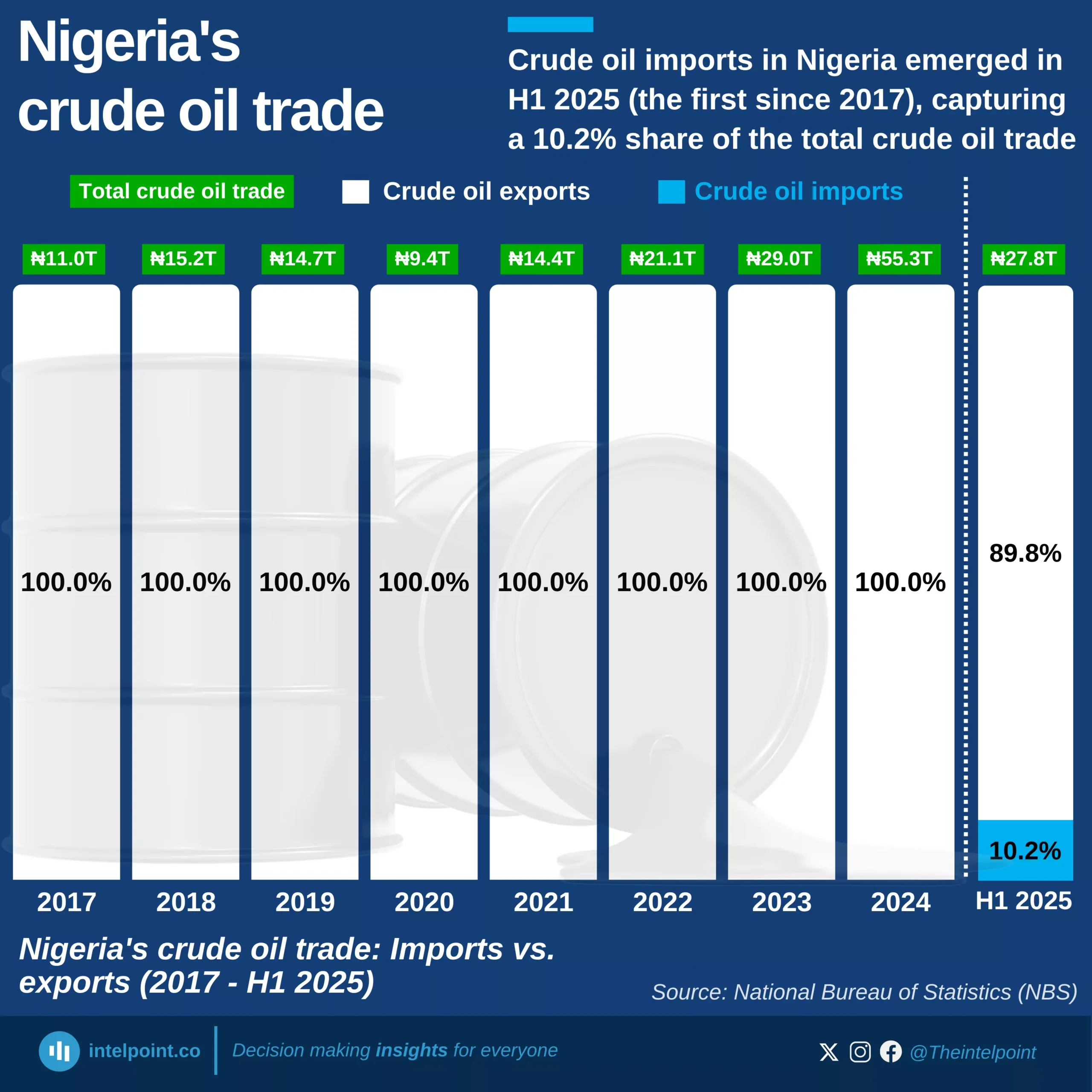Key Takeaways:
In 2024, soybeans was recorded as the United States’ top agricultural export, valued at $24.58 billion and representing 14% of total agricultural exports. Corn followed with $13.92 billion, representing 7.9% of total agricultural exports.
Tree nuts also made a significant contribution, nearing $10 billion in export value. Animal protein exports, including beef, pork, and poultry, collectively accounted for nearly 14% of the US' agricultural exports.
